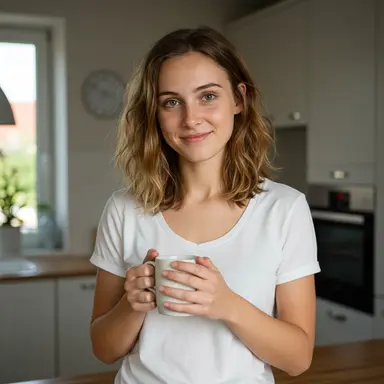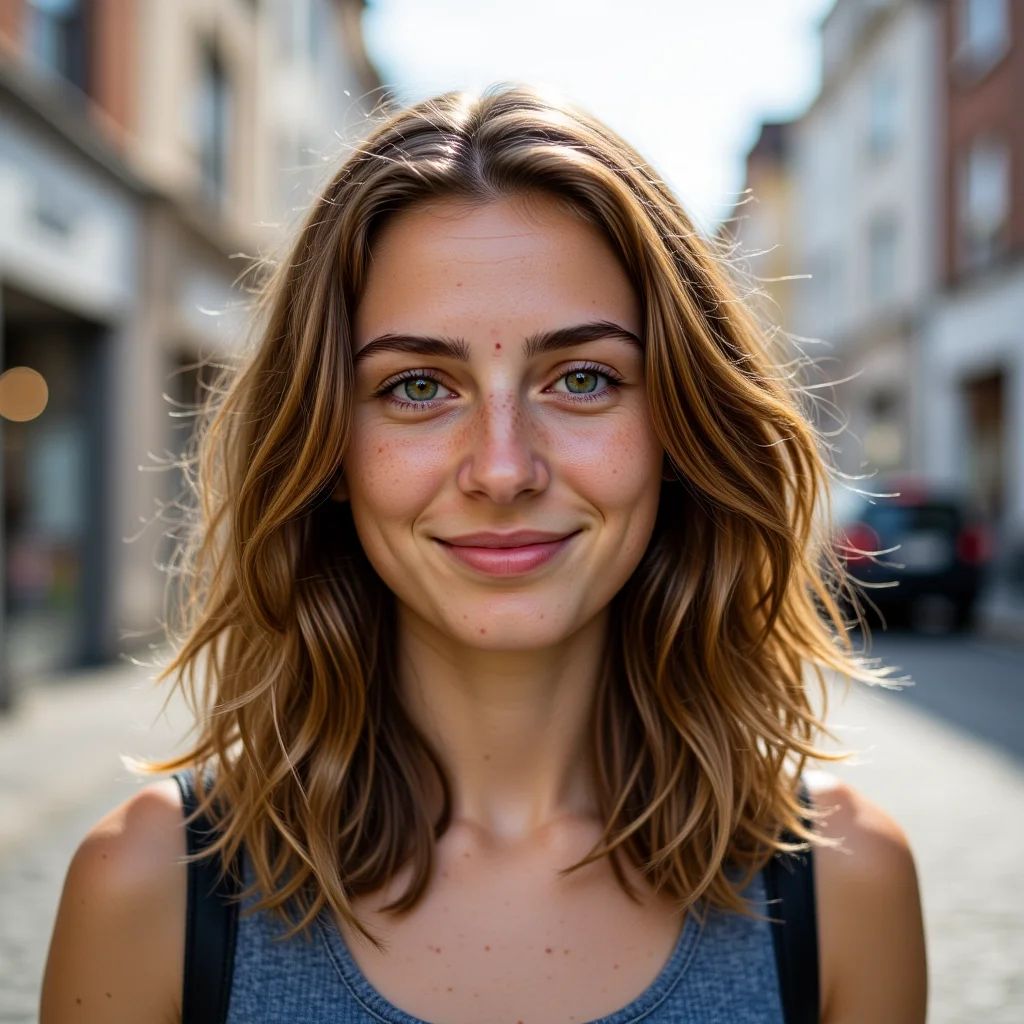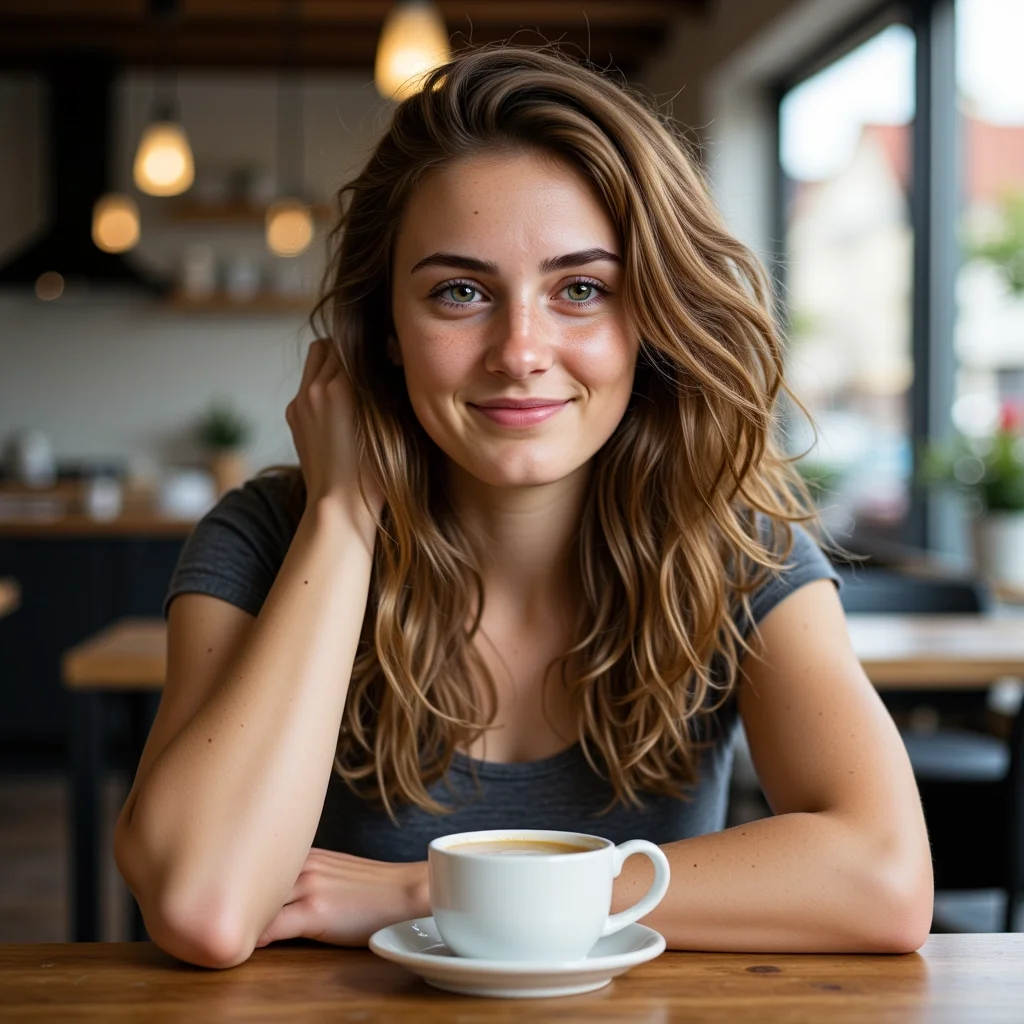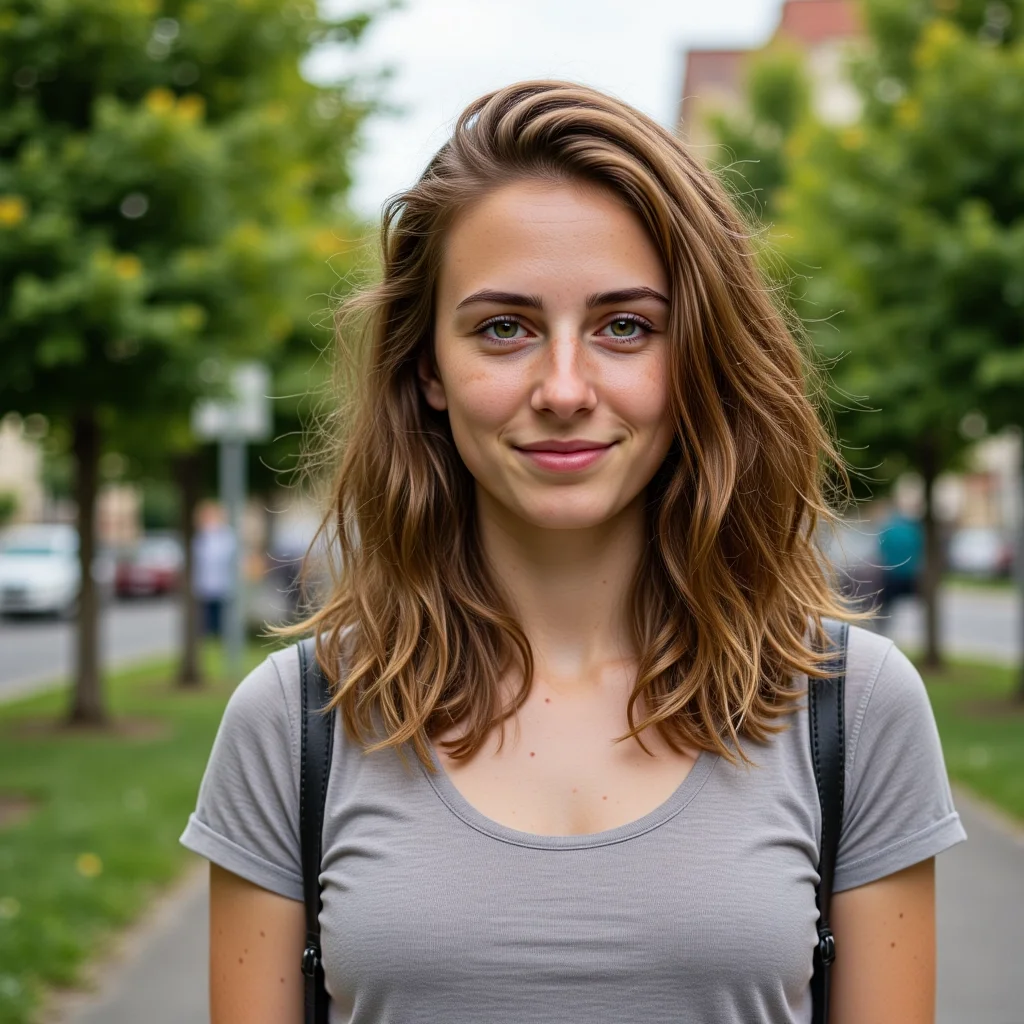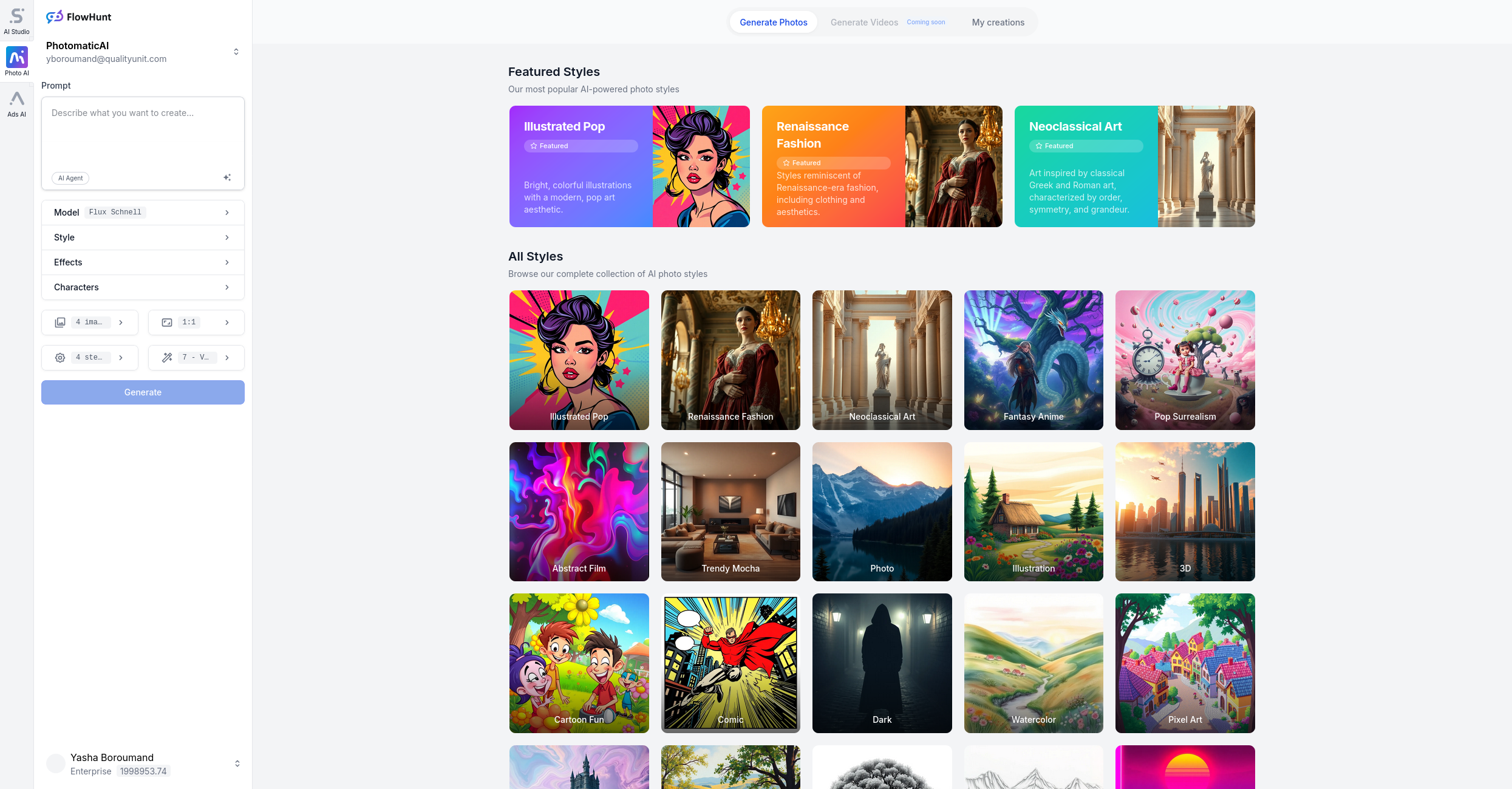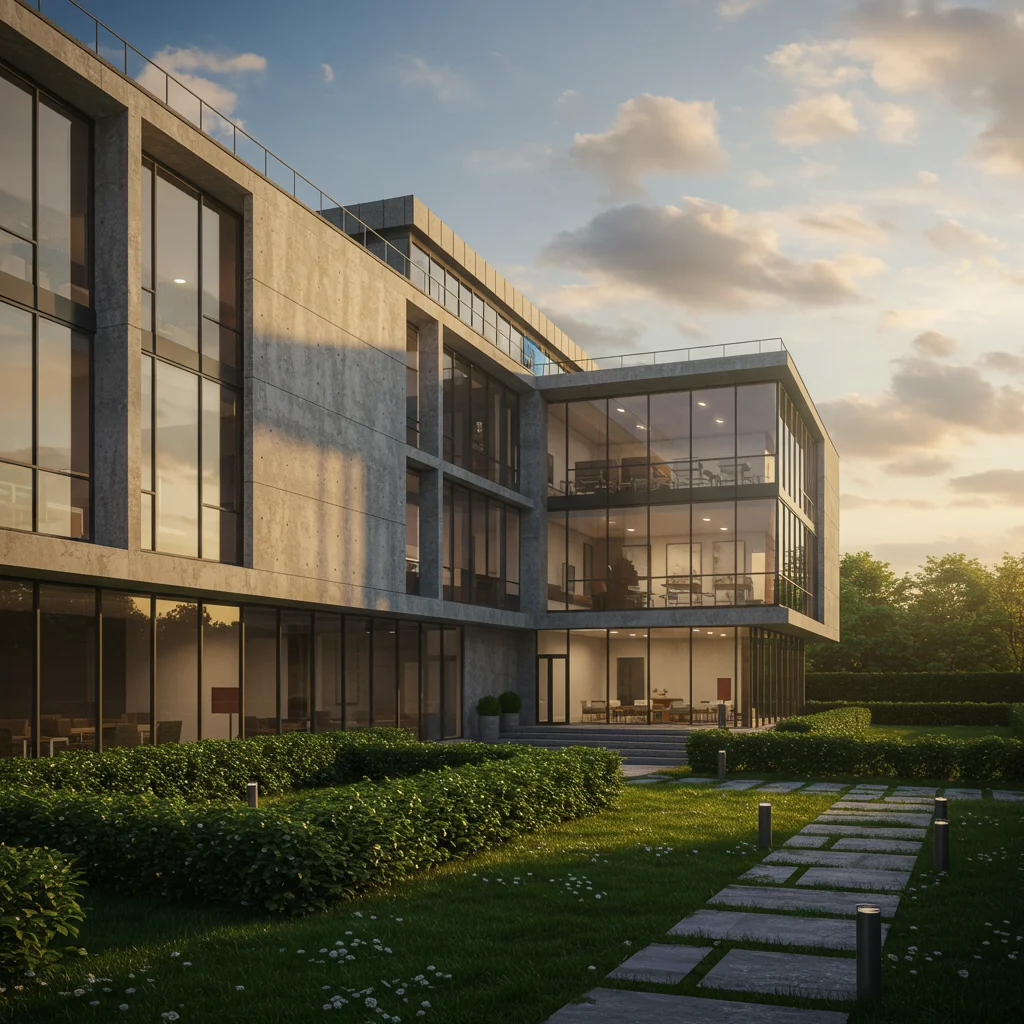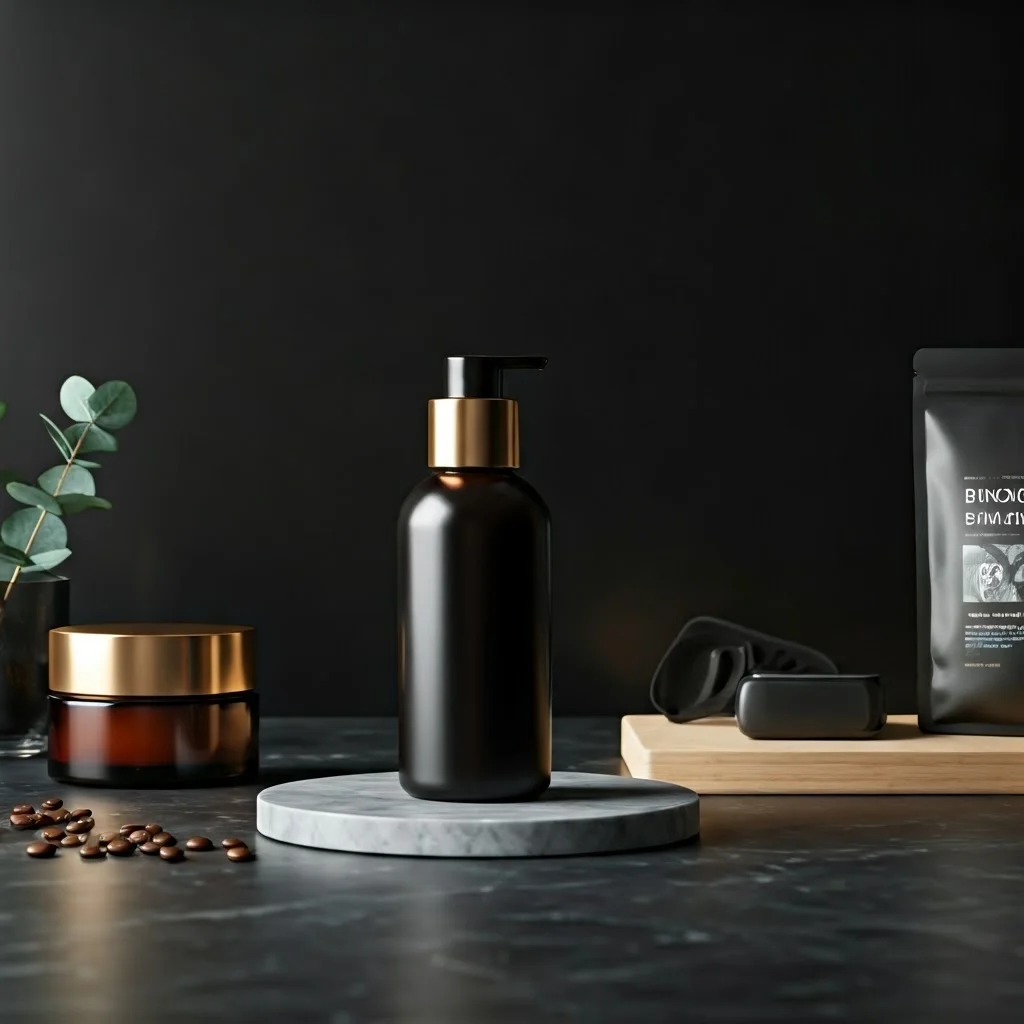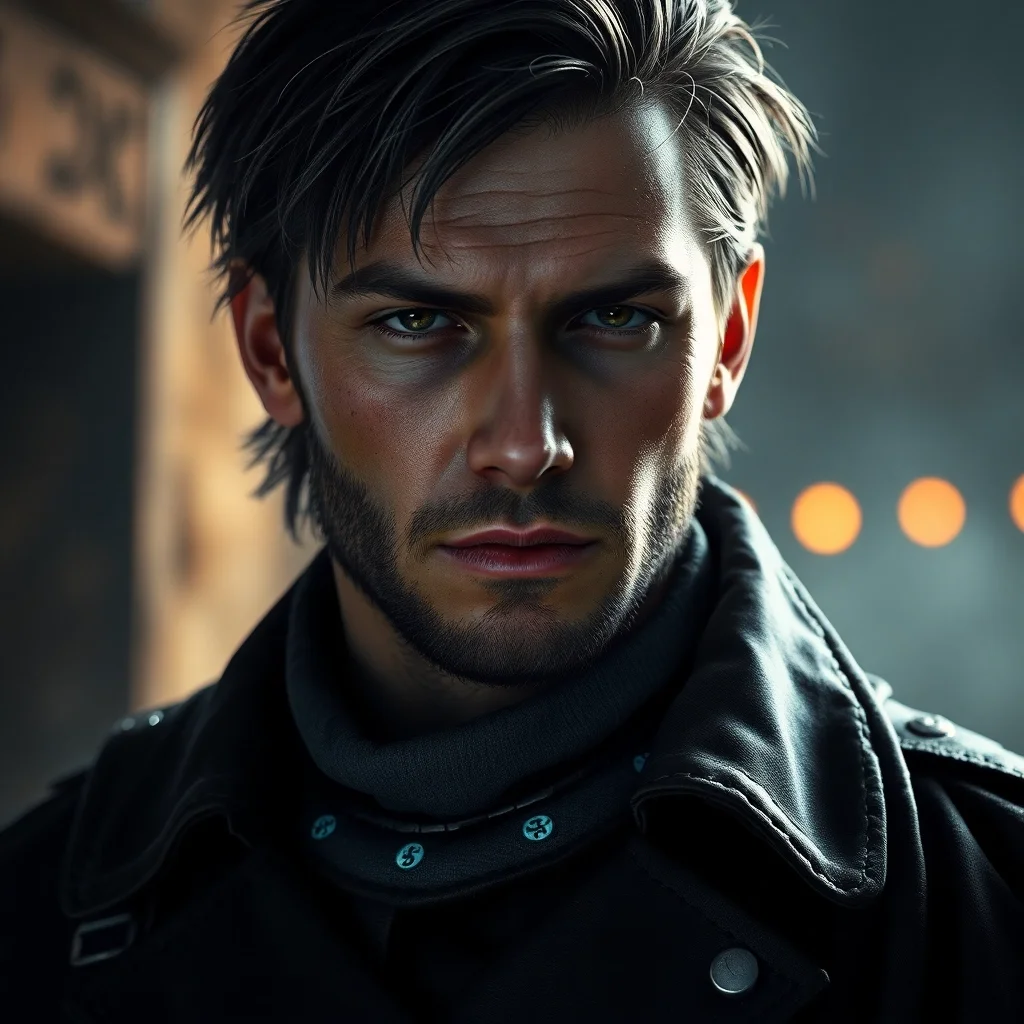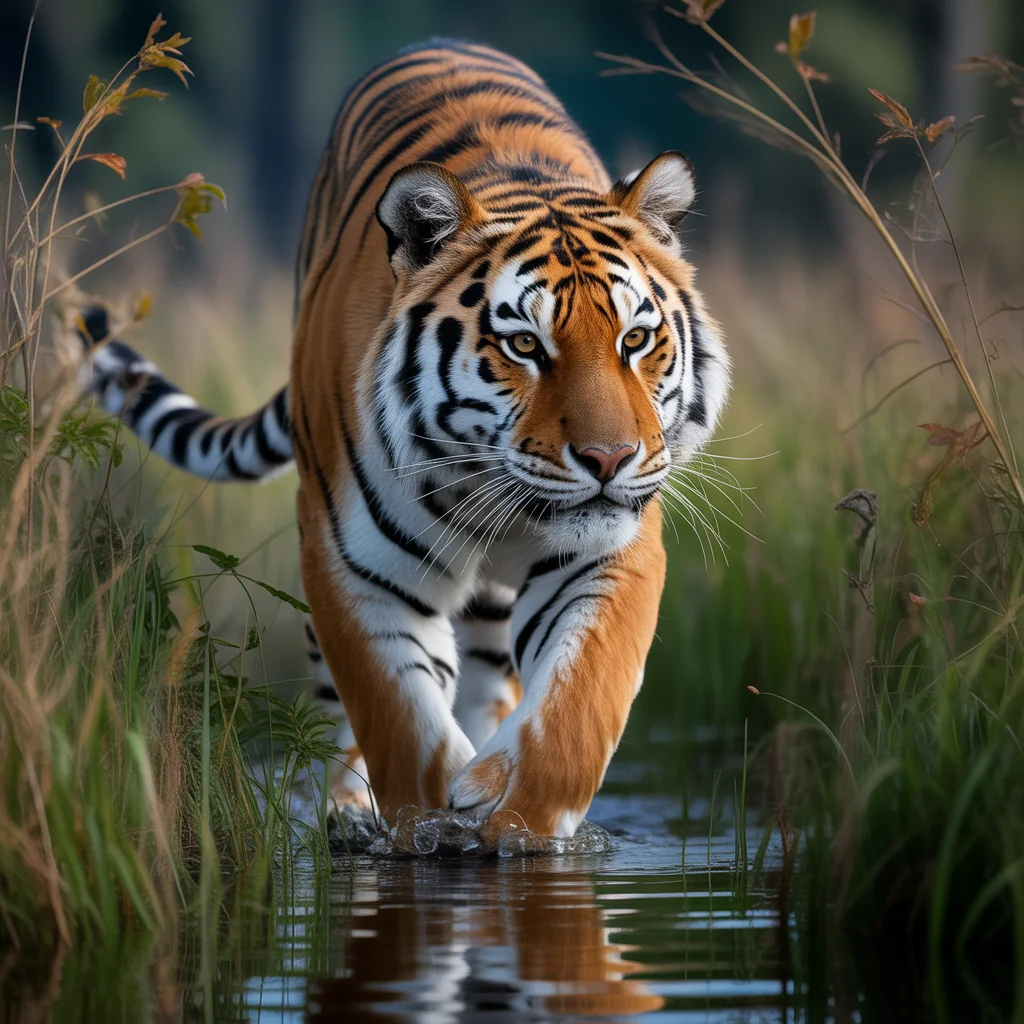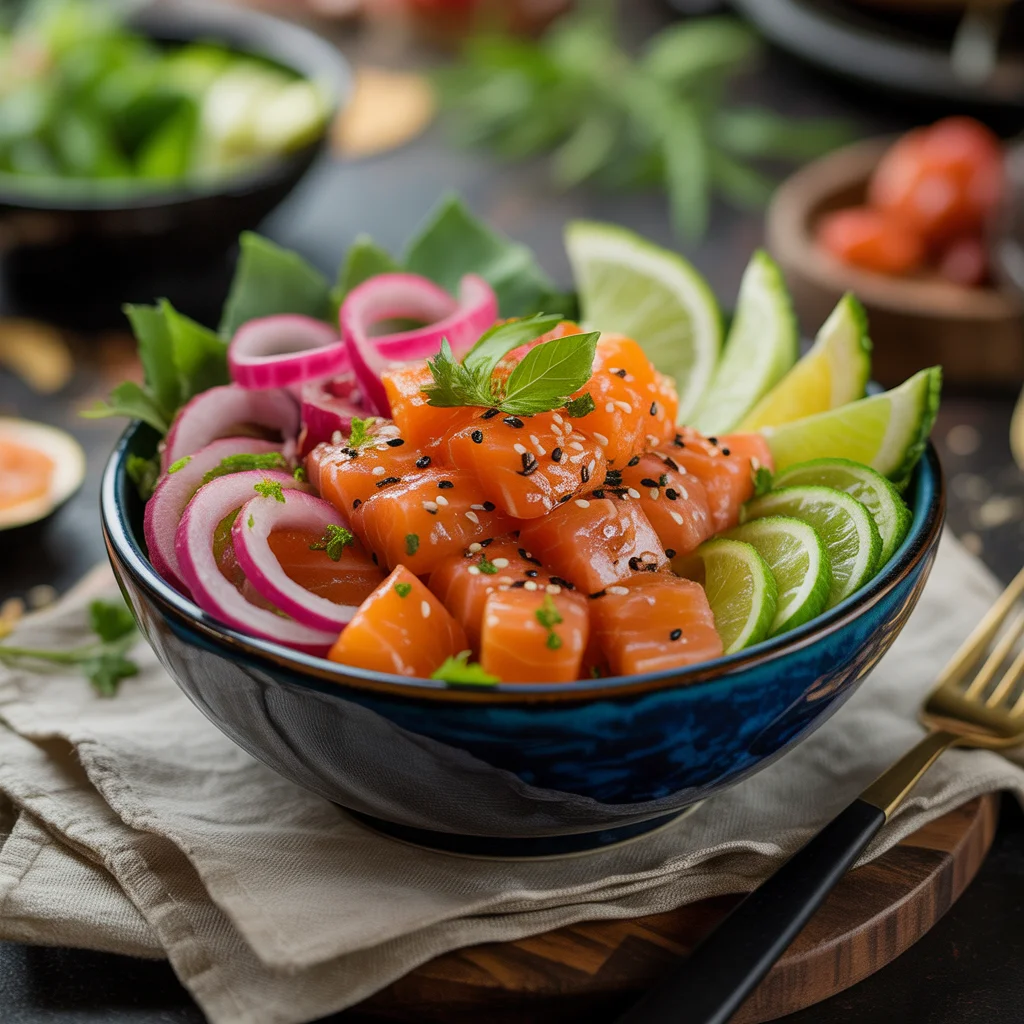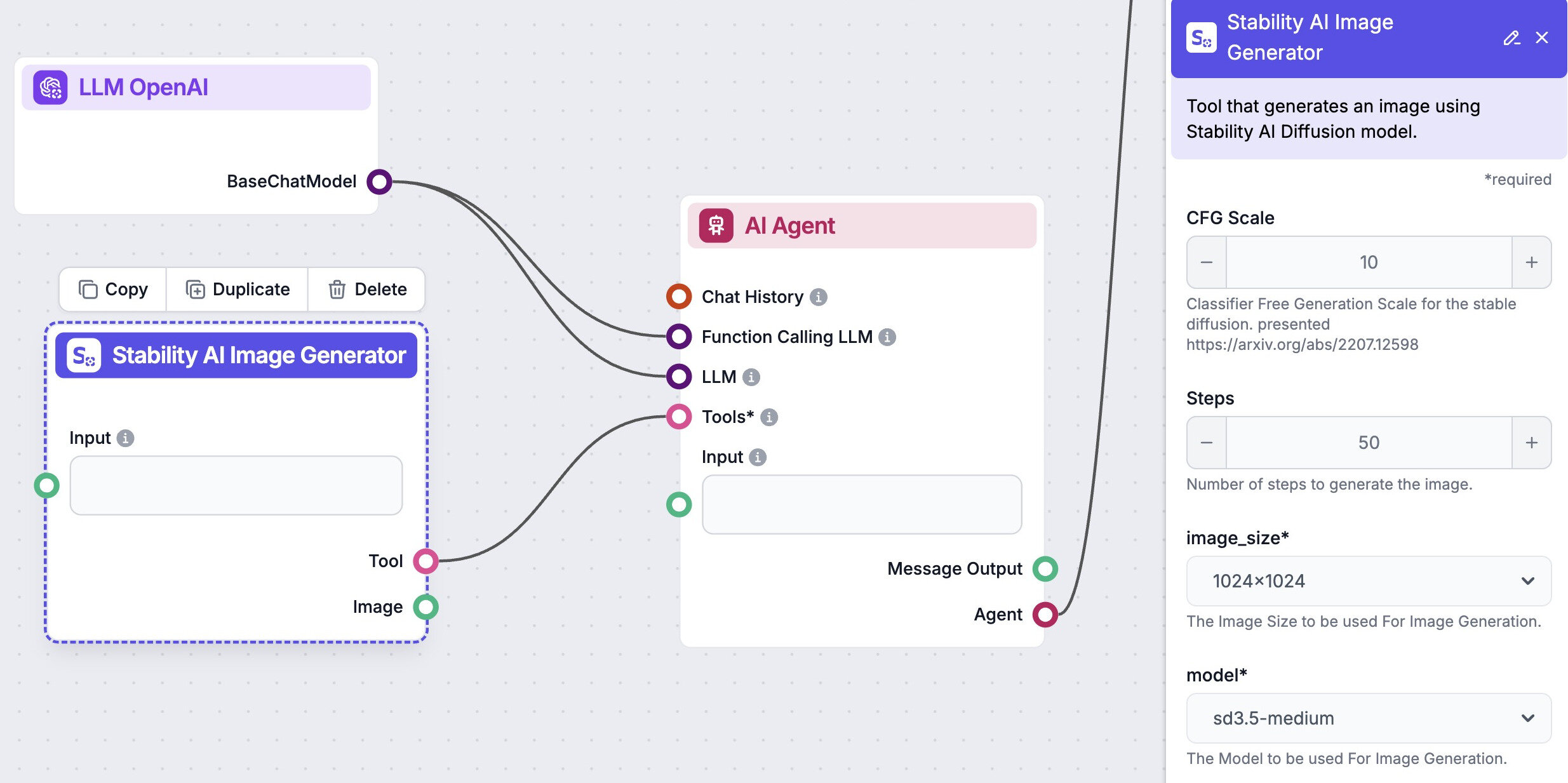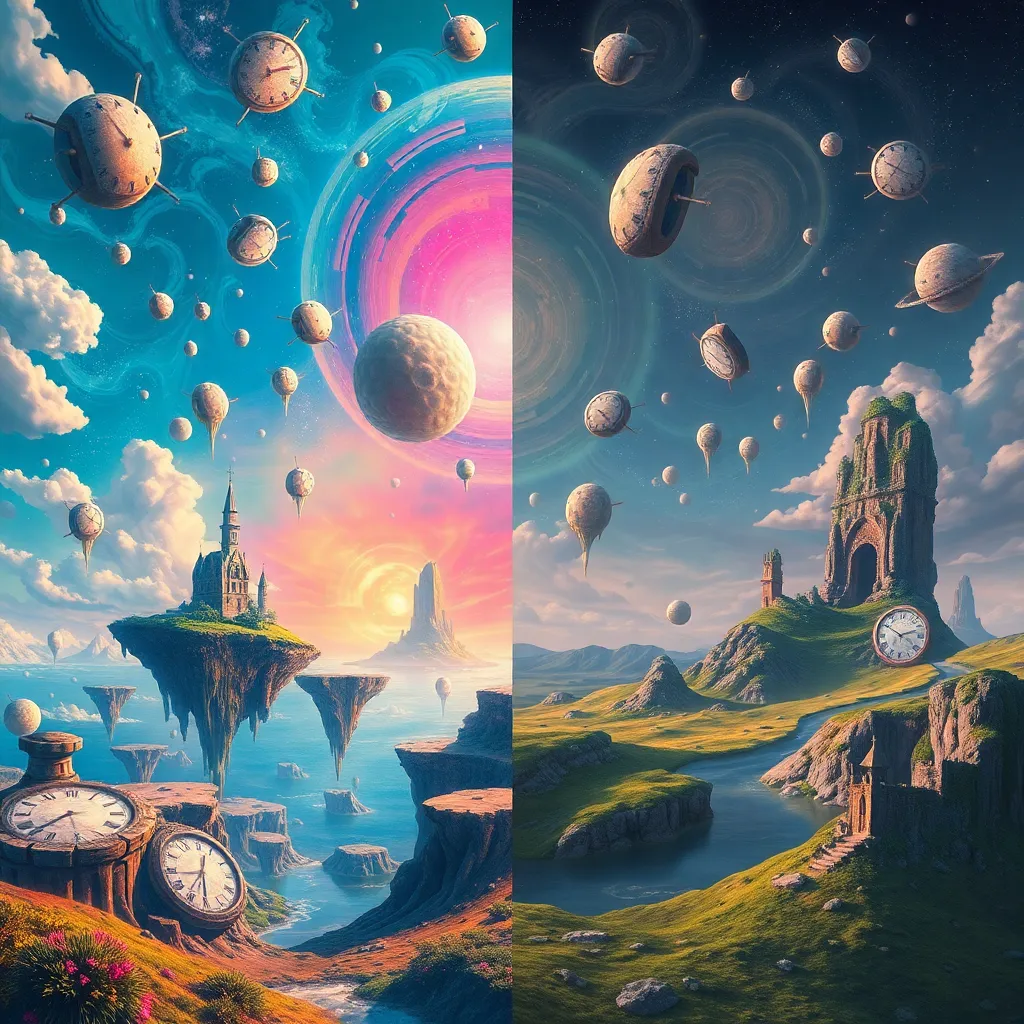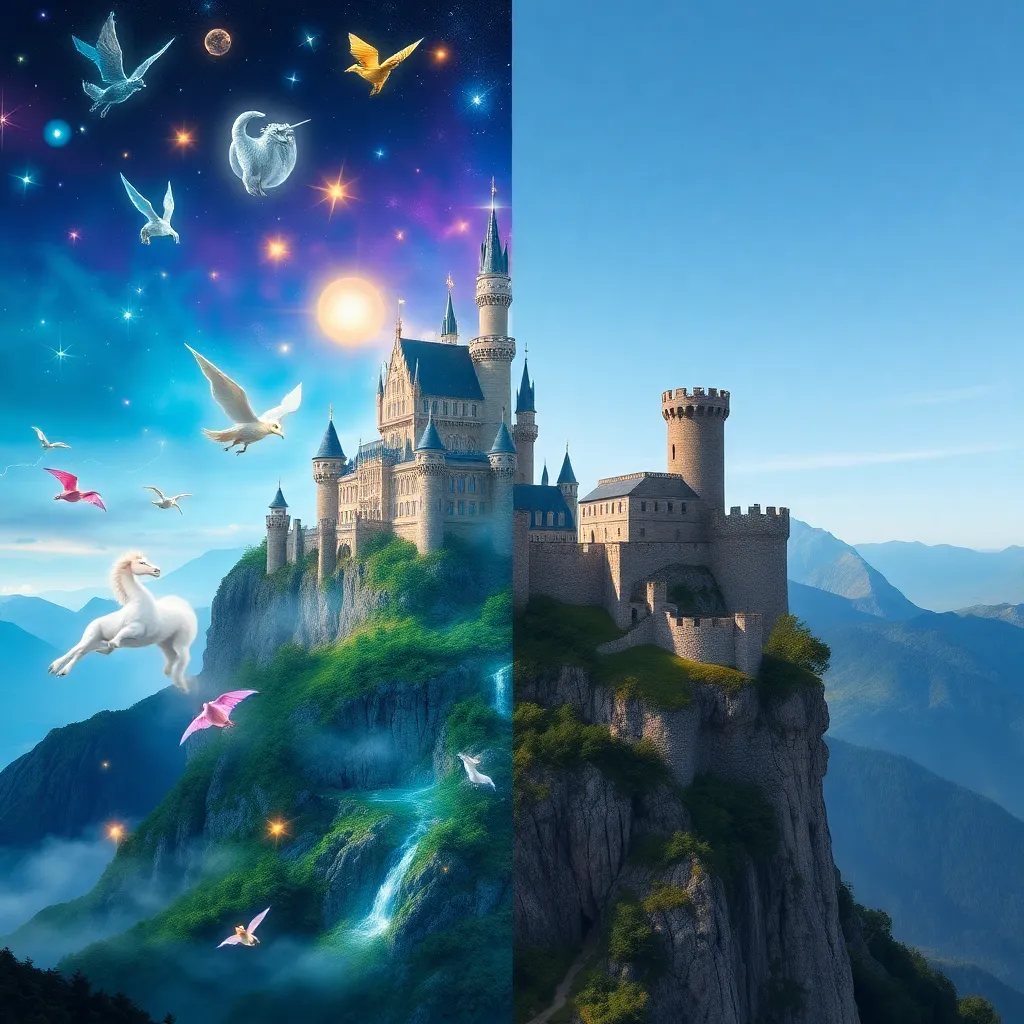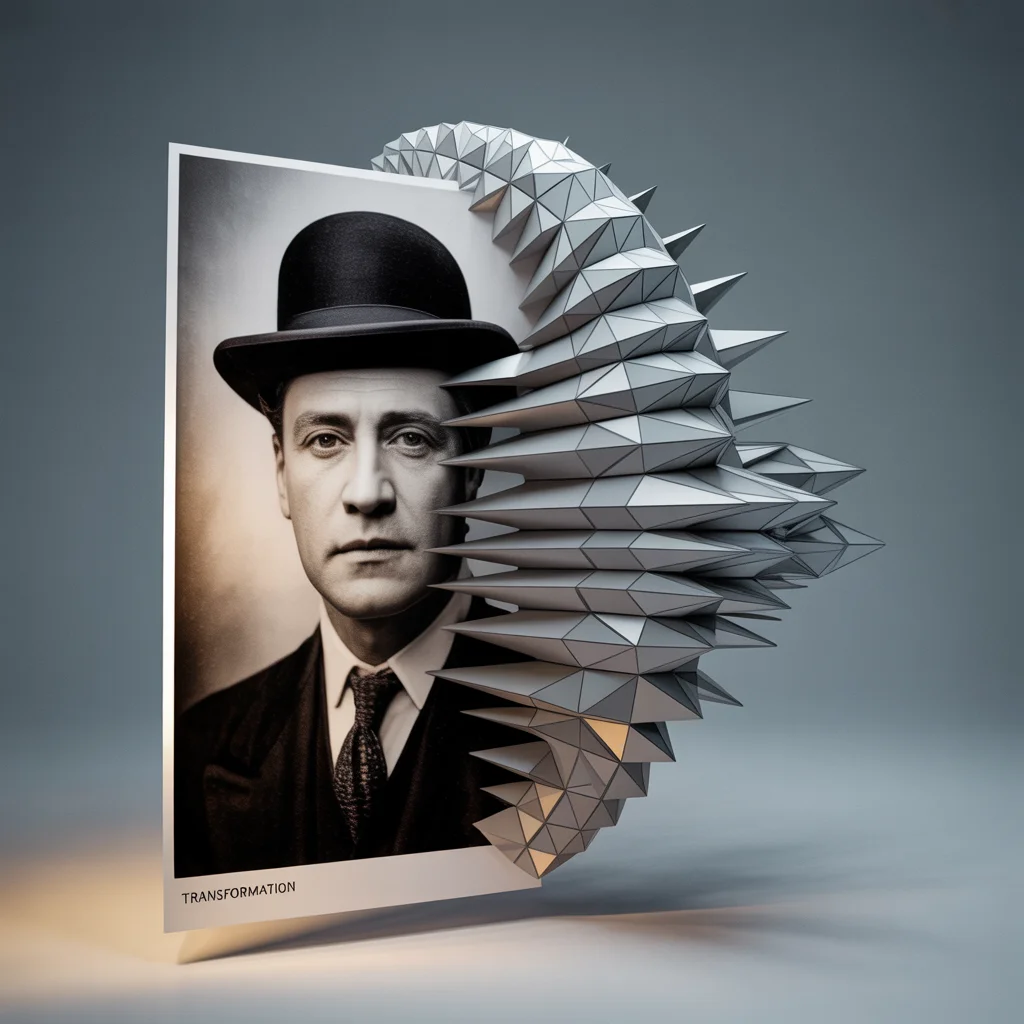
3D AI Image Generator
3D Style is a cutting-edge visual effect that transforms 2D photographs and illustrations into vivid, dimensional artworks. By leveraging advanced rendering tec...

Style
Photorealistic Style is a visual approach in photography and digital art that strives to create images indistinguishable from real-life photographs. This style is characterized by meticulous attention to detail, accurate lighting, precise textures, and lifelike rendering, making it ideal for applications where realism and authenticity are paramount.
Train AI Image Models
Train a unique character from your own everyday photos, apply the ready to use Photorealistic Style to generate interesting and eye-catching images.
Starting point for AI training is set of your images. More images of same character can be added to improve the model.
Apply ready to use styles and effects on pretrained model or use custom prompt to generate images.
Images generated from the pretrained model
Try Photomatic AI to generate stunningly realistic images with the power of Photorealistic Style. Whether for architecture, products, characters, or advertising, bring your ideas to life with unmatched detail and authenticity.
Explore the Power of Photorealistic Style in Your Projects
Photorealistic Style is a visual approach in photography, digital art, and 3D rendering that seeks to replicate the appearance of real life with unparalleled accuracy. The goal is for viewers to be unable to distinguish the image from an actual photograph. This style is defined by meticulous detail in textures, realistic lighting, authentic color grading, and precise rendering of materials and surfaces.
The origins of photorealism trace back to the late 1960s and early 1970s as an art movement, where painters like Chuck Close and Richard Estes reproduced photographs with painstaking accuracy. With the advent of digital technologies, photorealism expanded into computer graphics, CGI, and later AI-generated imagery. Today, the style is at the forefront of industries ranging from architecture and design to entertainment and advertising, with AI tools such as Photomatic AI making the creation of photorealistic images accessible to everyone.
Photorealistic Style elevates images in several key ways:
Photorealistic Style is invaluable in a range of photographic and digital art scenarios:
When to Use: During design presentations, real estate listings, or client pitches.
How It Enhances: Photorealism allows clients to see exactly what a building or space will look like in reality. The detailed rendering of materials, light, and environment helps decision-makers visualize the end result, reducing misunderstandings and increasing project approval rates.
When to Use: For e-commerce, catalogs, and promotional materials.
How It Enhances: Products rendered in photorealistic style look tangible and appealing, helping consumers imagine owning or using them. Realistic lighting, reflections, and textures make the product stand out and build consumer trust.
When to Use: In concept art, promotional materials, or cinematic sequences.
How It Enhances: Lifelike characters with expressive faces and realistic skin textures create emotional engagement and immersion, whether in a game trailer or a movie poster.
When to Use: For educational materials, magazines, or conservation campaigns.
How It Enhances: Photorealistic wildlife imagery helps viewers connect with nature, appreciate its beauty, and understand its complexity. The fine detail in fur, foliage, and lighting brings scenes to life.
When to Use: In restaurant menus, cookbooks, and food delivery apps.
How It Enhances: Photorealistic food images stimulate appetite and convey freshness, texture, and taste, making dishes irresistible to potential customers.
Conclusion:
Photorealistic Style bridges the gap between imagination and reality, providing a powerful tool for creators, marketers, and professionals who demand authenticity and impact in their imagery. With the latest advancements in AI—such as those available in Photomatic AI—photorealistic rendering is more accessible than ever, enabling anyone to create stunning visuals that captivate and convince.
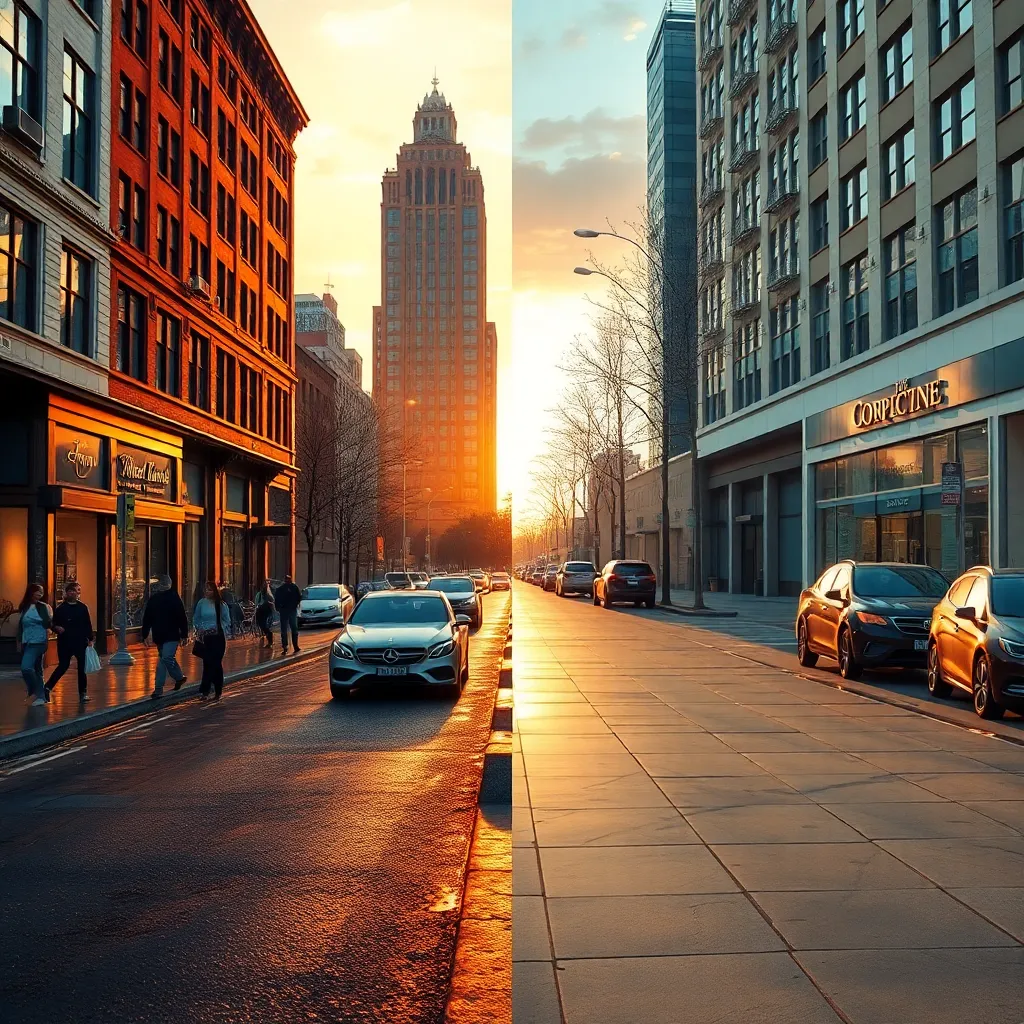
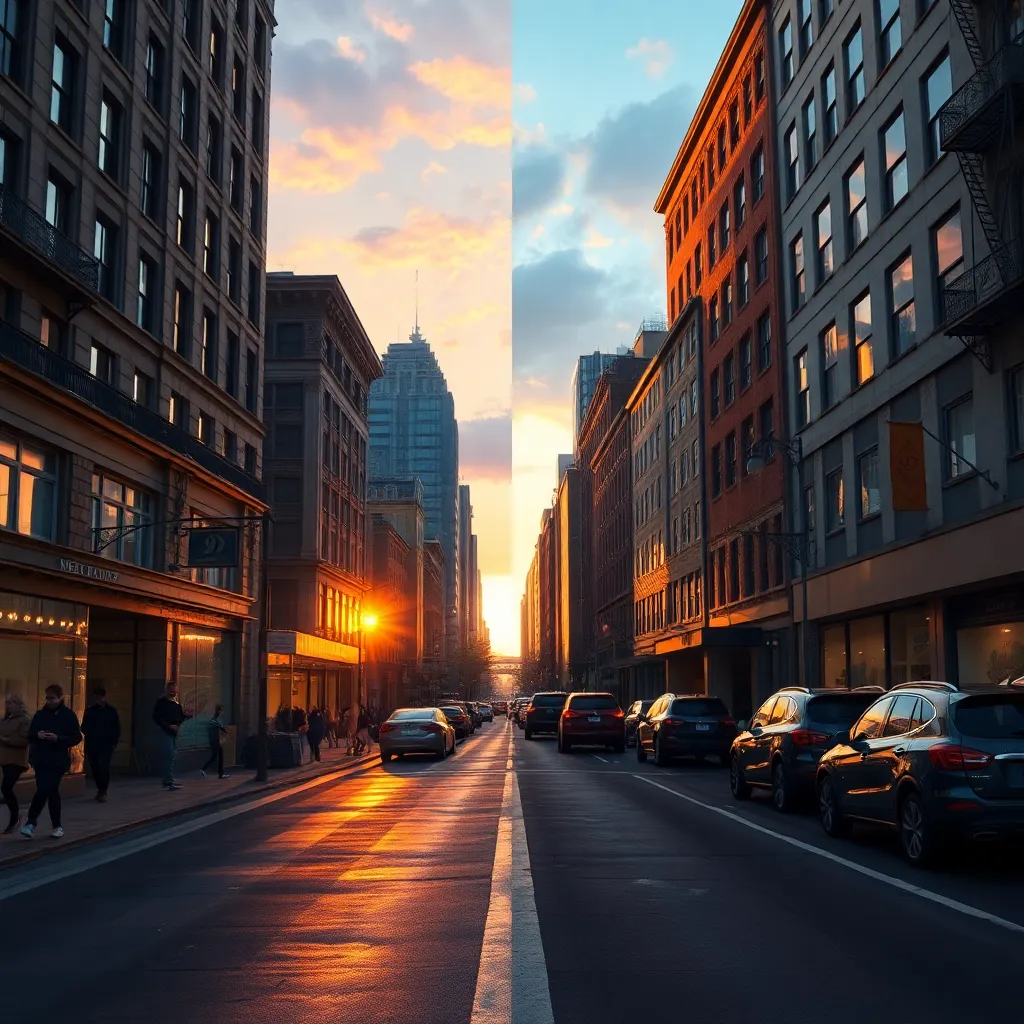
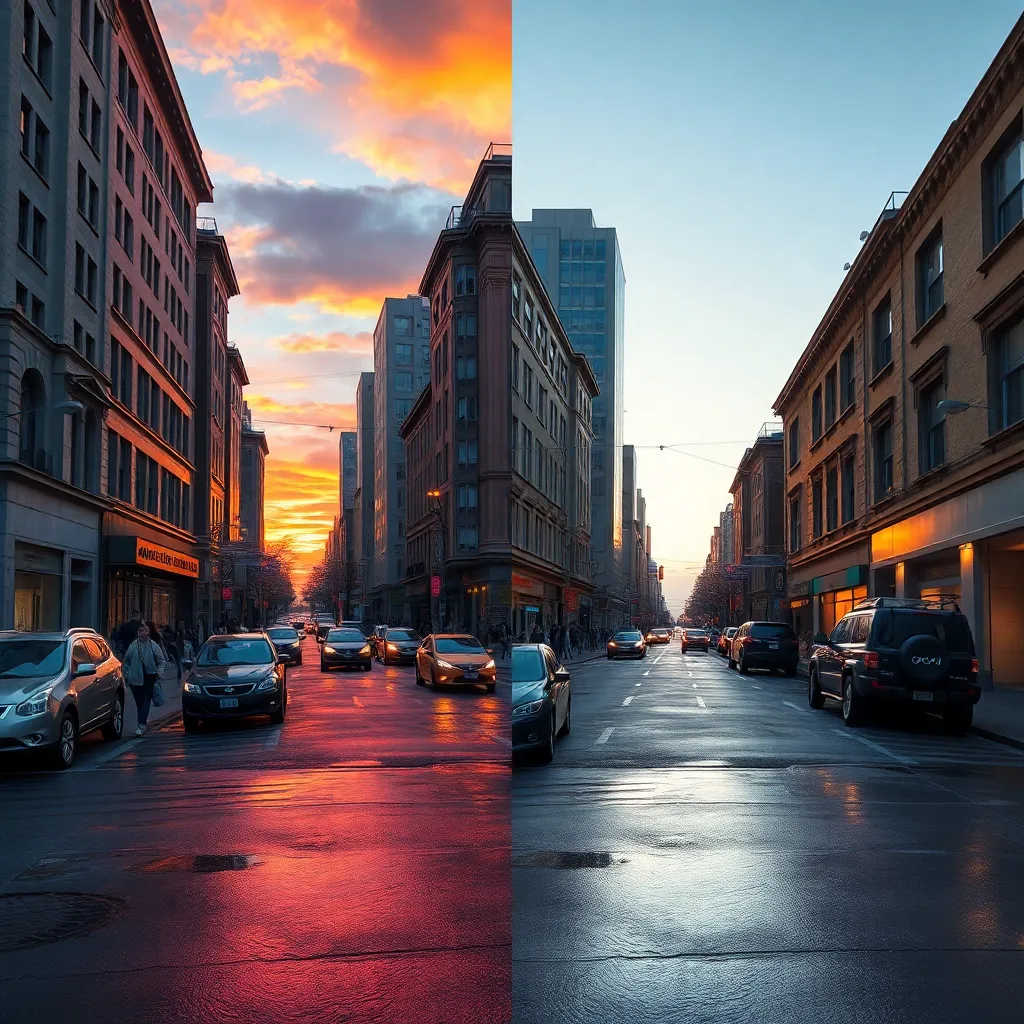
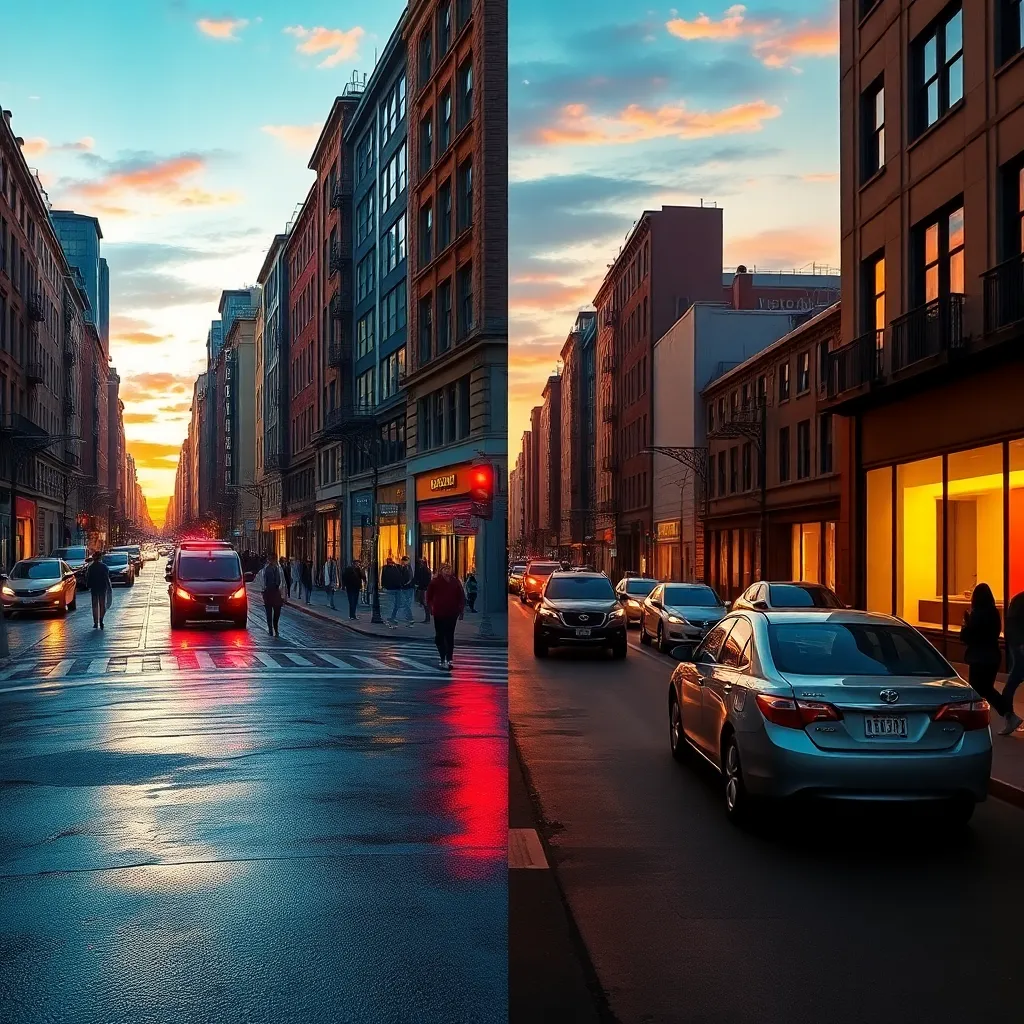
Explore the photorealistic effect with your own ideas today—unlock the full potential of your imagination with Photomatic AI!
Automate your image generation with AI Agents
Photorealistic Style refers to creating images—either through photography, digital manipulation, or AI generation—that are nearly indistinguishable from real-life scenes. This style emphasizes lifelike textures, accurate lighting, fine details, and true-to-life colors to achieve a sense of realism. Photomatic AI offers advanced models to help you create photorealistic images easily.
You can create photorealistic images using high-resolution photography, advanced digital editing, 3D rendering tools, or AI image generators such as Photomatic AI. Photomatic AI provides specialized photorealistic style effects, allowing you to transform sketches, concepts, or standard photos into hyperrealistic visuals with just a few clicks.
Photorealistic style excels in subjects that benefit from high fidelity and realism, such as product advertisements, architectural visualizations, character design for games or films, wildlife, nature, and food photography. Any subject where detail, accuracy, and visual authenticity are important can be enhanced with photorealism.
Absolutely! Photorealistic style is widely used in professional fields, including advertising, architecture, video game development, film production, food marketing, and more. Its ability to convey realism and trust makes it a top choice for projects where visual precision and impact are critical.
Photorealistic style is especially effective for genres requiring lifelike representation, such as commercial, product, architectural, and nature photography. However, it may not suit artistic projects that prioritize abstraction, stylization, or surrealism over realism. Photomatic AI allows you to experiment with photorealism and other styles for the perfect fit.
Let us help you automate your marketing tasks. Our platform allows you to create custom AI chatbots, agents, and workflows that can handle a wide range of tasks, from customer support to content generation.
Generate professional marketing visuals in seconds. Our AI creates stunning images that maintain brand consistency across all your campaigns without expensive design services.
Produce large volumes of customized content efficiently. Create hundreds of images, blog posts, and marketing materials simultaneously with our AI automation workflows.
Train AI models on your brand assets to create unique, on-brand visuals for any campaign. Maintain consistent visual identity across all marketing channels with character training technology.
3D Style is a cutting-edge visual effect that transforms 2D photographs and illustrations into vivid, dimensional artworks. By leveraging advanced rendering tec...
The Surreal style in photography is an imaginative visual effect that transforms ordinary scenes into dreamlike visions, often blending reality and fantasy. Thi...
Fantasy Style in photography and digital art transports viewers to realms beyond reality, infusing images with magical elements, ethereal lighting, and imaginat...
